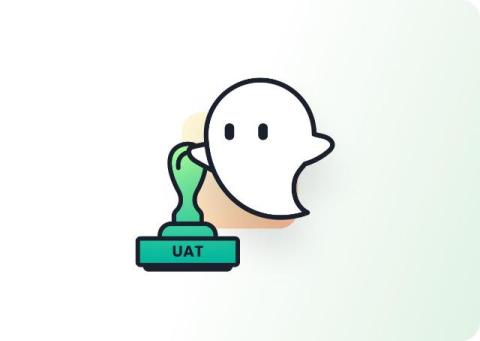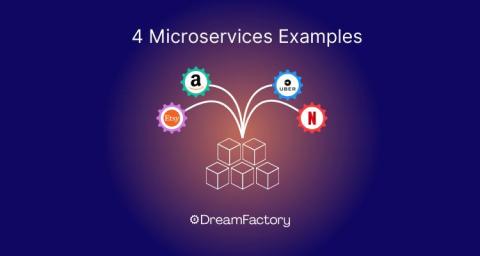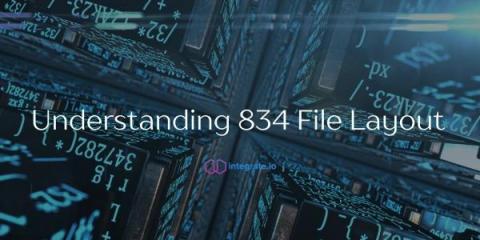Shift-Left Testing vs. Dev Overload
Shift-left testing isn't about overloading developers with QA tasks—it's about strategic integration. @Titus Fortner explains the critical difference between true shift-left testing and merely piling QA duties onto developers: Early Integration: Having a dedicated QA integrated early into the process helps prevent defects. Specialized Expertise: Shift-left testing utilizes specialized QA professionals who have the deep knowledge and skills needed for effective testing.











